-
Posts
7,702 -
Joined
-
Last visited
-
Days Won
67
Content Type
Profiles
Forums
Gallery
Downloads
Blogs
Events
Store
Aircraft
Resources
Tutorials
Articles
Classifieds
Movies
Books
Community Map
Quizzes
Videos Directory
Posts posted by red750
-
-
-
Wikipedia: In November 2023 George Morgan announced that he had fully purchased GippsAero back from Mahindra Aerospace and was now the company's sole owner.
-
 1
1
-
 1
1
-
-
-
-
The Piaggio P.D.4 was a four-seat helicopter with two rotors placed in tandem. Initially it had to be equipped with 450hp Alpha Romeo engine but then a 215hp Franklin was adopted.
The helicopter flew in the first half of 1952, demonstrating good handling characteristics although being seriously underpowered. In a wrong maneuver during a landing with lateral wind it was seriously damaged and wasn't repaired.This appears to be a copy of the only photo of the P.D.4.
-
 1
1
-
-
-
Jeju Air flight 2216 flew 13 times in just 48 hours and had previously been damaged in a runway accident before it was involved in one of the deadliest crashes in South Korean history, it has been revealed. The Boeing B737-800 crash-landed on its belly before skidding off the runway and smashing into a concrete wall, erupting in a fireball and killing all but two of the 181 people on board. The plane is believed to have experienced a landing gear malfunction during its descent towards Muan International Airport, 180 miles south of Seoul, after taking off from Bangkok on Sunday.
Airline bosses insisted that the plane had 'absolutely no history' of accidents or maintenance issues, but it has emerged today that the tail of the plane collided with the runway almost four years ago. Described as a 'tail skid', the incident on February 17, 2021, saw a bumper attached to the rear of the plane's fuselage scrape along the runway during takeoff from Gimpo Airport. South Korea's Ministry of Land, Infrastructure and Transport reportedly imposed a fine of 220 million won (more than £100,000) on Jeju Air at the time, stating: 'It is a violation of safety regulations to fly without properly checking for damage to a part of the plane.'
Minister Park Yong-gap today raised concerns that the incident was covered up, saying: 'The plane involved in this recent accident also crashed during takeoff three years ago... Jeju Air claims that there is no history of accidents at all. Isn't that a false explanation?' Jeju Air said in a statement that it had classified the collision as a 'non-accident' under aviation law as the damage to the plane was not significant, defending its earlier claim that the plane had no accident history. 'We have paid the full amount of the fine and completed all inspections and maintenance, and are now operating normally,' the airline said in a statement.
It comes as industry experts have reportedly raised concerns that Jeju Air may have overused the plane in question in the days before the crash, scheduling excessive charter flights to meet the demand of the peak end-of-year season. Flight records cited by Yonhap news agency show that in the two days before the disaster, the jet traveled between Muan, Jeju Island and Incheon, as well as international destinations including Beijing , Bangkok, Kota Kinabalu, Nagasaki and Taipei. Data also shows that Jeju Air had the highest average monthly flight time among the six domestic low-cost airlines in South Korea , between July and September this year, according to Korean media.
Jeju Air also paid the largest amount of fines between 2019 and August of this year, JoongAng reports. Regional airports in South Korea are often reliant on charter planes operated by low-cost carriers such as Jeju Air, with travel agencies filling the jets with their passengers during the holiday seasons. It was the first fatal flight for Jeju Air, a budget airline founded in 2005 that ranks behind Korean Air Lines and Asiana Airlines as the country's third largest carrier by passenger numbers.
A total of 101 aircraft, operated by six airlines using the same model as the plane that crashed on Sunday, will be 'thoroughly reviewed', Joo said, adding that the inspections would last until January 3. Sunday's crash was the worst for any South Korean airline since a 1997 Korean Air crash in Guam that killed more than 200 people, transportation ministry data showed. Devastated family members of the victims have been demanding answers from the authorities. Jeon Je-young, whose daughter Mi-sook was one of 179 who died on board Jeju Airlines flight 2216, says he still cannot believe what happened. 'When I saw the accident video, the plane seemed out of control,' the 71-year-old father said.
Video of the plane's approach show it hitting a bird, before it circled the runway and attempted to land with its flaps up. Experts believe this suggests the aircraft suffered hydraulic failure, which could have also prevented the landing gear from deploying. Leading air safety expert David Learmount told Sky News that having a concrete wall at the end of the runway was 'verging on criminal' and said the collision with the object was the 'defining moment' of the disaster. He suggested that had the wall not been there, the plane would have instead hit a fence, slid over a road and likely stopped in a nearby field. However, Tim Davies, an ex-RAF Tornado fighter pilot, was skeptical this was the sole cause of the tragedy and feared 'pilot error' may have contributed to the disaster.
-
CNN. An Air Canada Express flight “experienced a suspected landing gear issue” after arriving at Halifax Stanfield International Airport in Nova Scotia on Saturday night, though no injuries were reported, according to the airline.
Flight AC2259 – which took off from St. John’s, Newfoundland – was subsequently “unable to reach the terminal and customers were offloaded using a bus,” Air Canada spokesperson Peter Fitzpatrick said in a statement to CNN. The flight, operated by partner PAL Airlines, was carrying 73 passengers, the statement said.
The plane – a De Havilland DHC-8-402, according to the Transportation Safety Board of Canada – skidded down the runway for a “decent” distance, and passengers saw flames on the aircraft’s left side, passenger Nikki Valentine told CNN newsgathering partner CBC.
“The plane shook quite a bit and we started seeing fire on the left side of the plane and smoke started coming in the windows,” Valentine said.
-
A Jeju Air flight has been forced to turn around after experiencing landing gear issues just a day after South Korea's deadliest airline disaster in decades.
This morning, another Jeju Air flight departed Seoul's Gimpo International Airport for Jeju island, but was forced to turn around after a landing gear issue was detected shortly after takeoff, the South Korean airline said.
'Shortly after takeoff, a signal indicating a landing gear issue was detected on the aircraft's monitoring system,' Song Kyung-hoon, head of the management support office at Jeju Air, told a news conference.
'At 6.57 am, the captain communicated with ground control, and after taking additional measures, the landing gear returned to normal operation.
'However, the decision was made to return to the airport for a thorough inspection of the aircraft.'
Local media reported that 21 passengers chose not to board an alternate flight to Jeju, citing concerns over safety and other reasons.
The airline has seen a surge in customers cancelling their flight reservations since Sunday's incident, with a total of 68,000 tickets cancelled, Yonhap news agency reports.
Jeju Air's 41 plane fleet includes 39 Boeing 737-800 aircraft.
-
The heartbreaking last words of a passenger on the doomed Jeju Air flight that crashed, so far killing 179, have been revealed.
Jeju Air flight 7C2216, arriving from the Thai capital Bangkok with 181 people on board, was attempting to land shortly after 9 a.m. (0000 GMT) at South Korea's Muan International Airport when it veered off the runway and erupted in a fireball as it slammed into a wall.
A passenger texted a relative to say a bird was stuck in the wing of the plane, the News1 agency reported. The person's final message was, 'Should I say my last words?'
The crash is the worst by any South Korean airline since a 1997 Korean Air crash in Guam that killed more than 200 people, according to transportation ministry data.
The twin-engine Boeing 737-800 can be seen in video from local media skidding down the runway with no apparent landing gear before slamming into a wall in an explosion of flame and debris. Other photos showed smoke and fire engulfing parts of the plane.
-
 1
1
-
-
9 minutes ago, facthunter said:
By the way Wikipedia needs people to kick in few dollars
Have done a few times.
-
-
At least 29 are dead after a plane carrying 181 people crashed off a runway and smashed into a wall at a South Korean airport.
For reporrt with video, followed by other accident clips, click here.
-
 1
1
-
-
Onetrack is correct. When I first saw the name, I thought is was wrong, because we all know a Tiger Moth is a biplane, but de Havilland built two different Tiger Moths.
-
 1
1
-
 1
1
-
-
-
-
-
Here is an article claiming Russia refused permission for the airliner to land, to force it to ditch in the sea.
-
 1
1
-
-
Here is an MSN article with slideshow which gives a background on the Chinese superplane.
-
Hi Joe, Phil Perry lives in the UK and last visited this site in Jan, 2023.
-
The Bryan Autoplanes were a series of three experimental roadable aircraft.
Leland Bryan built his roadable aircraft in the town of Milford, Michigan. As a roadable aircraft the aircraft was required to be registered by both the Civil Aeronautics Administration (CAA) and the Michigan Motor Vehicle Administration (MMVA), with road propulsion provided by propeller thrust.
The Bryan Model I was built with a welded steel tube fuselage frame, wings from a Briegleb BG-6 primary glider and a Crosley automobile engine, which was later replaced by a 40 hp Continental.
The Model II autoplane featured an extended Erco Ercoupe center-section, with a pusher engine at the rear of the fuselage nacelle, with twin tail booms supporting the tail section. The Ercoupe landing gear was used for the roadable operations, reaching up to 60 mph on the road. For storage and road transport the wings folded at two hinge lines.
The Model I was approved for limited flight, in the experimental category. by the CAA, managing to accumulate 500 miles of road driving, and flying for the first time in 1953. The improved Model II achieved 80 hours of flight time and 4000 miles of road travel before a road accident. During repairs the Model II was rebuilt with two-seats becoming the Model III Autoplane, with a Continental A75 engine and convertible top motors, from a Chevrolet Corvair, to extend and fold the wings. After accumulating 70 hours of flight time and 1000 road miles, the Model III crashed during a flyby at the 1974 Experimental Aircraft Association (EAA) airshow, at Oshkosh, Wisconsin, when an inadequately secured wing section parted company killing the designer. At the time of his death Leland Bryan was in the process of designing the Model IV Autoplane, based on a Rutan VariViggen. Only 2 units were built.
-
Aviation 24/7 Facebook

-
The Bisnovat SK-1 (Skorostnoye Krylo – high speed wing), was a research aircraft designed and built in the USSR from 1938.
After working as an engineer under Tairov at the OKO in Kiev, Bisnovat was permitted to form his own OKB with the task of designing and building a high speed research aircraft, which emerged as the SK-1. This aircraft was designed to have the smallest airframe capable of flying powered by a large V-12 engine, with the smallest wings possible for safe landings on Soviet grass airfields.
Construction of the SK-1 was of light-alloy stressed skin, with single plate web spar wings skinned with light-alloy sheet, smoothed to mirror finish accurate profiles using marquisette fabric, cork dust, open weave and adhesive as filler. Initially the wing was of NACA 23014.5 profile with slotted Vlasov style flaps, and fabric covered ailerons. The tail-unit also had fabric covered control surfaces, and trim tabs, with all controls 100% mass balanced.
The M-105 engine was fitted in a low drag installation with a pressurised coolant system which required a radiator of only 0.17m^2 frontal area, (approx ½ that of a similar unpressurised coolant system). In the flush cockpit, the pilot sat on a hydraulically actuated seat which raised the hinged roof of the canopy to form a wind-shield for landing, allowing the fuselage to have a total frontal area of only 0.85 m^2. Hydraulically retractable main and tail undercarriages with fully closing doors reduced drag even further.
Test flights began in January 1939 with the aircraft on skis, with surprisingly good handling and manoeuvrability as well as excellent performance.
-
 4
4
-
 1
1
-
-




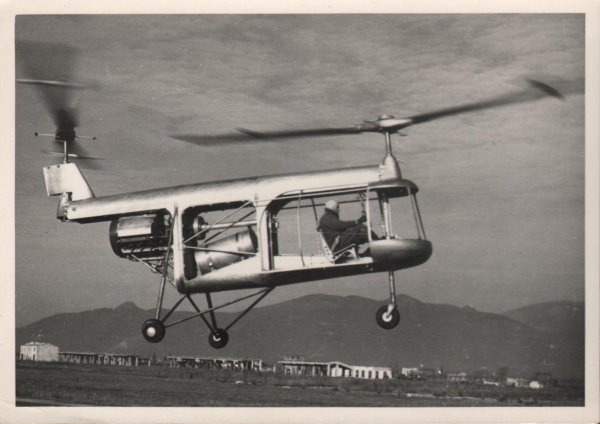
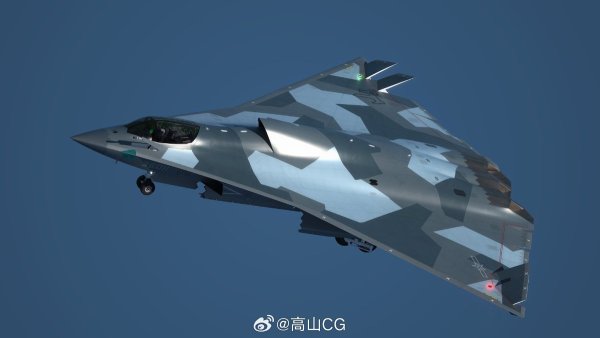
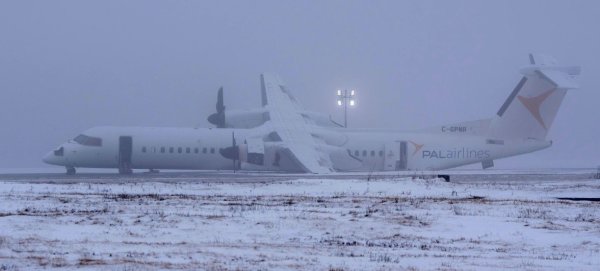
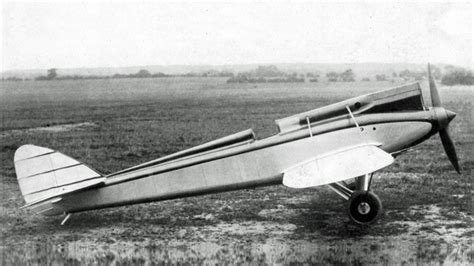
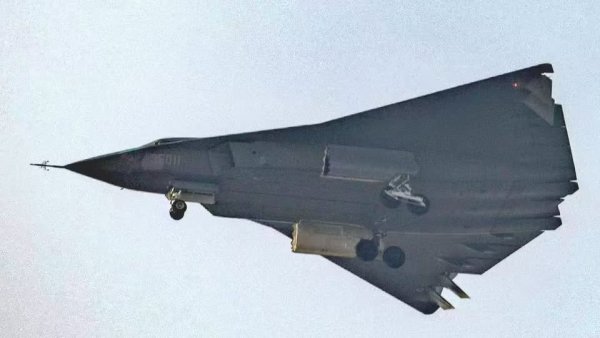
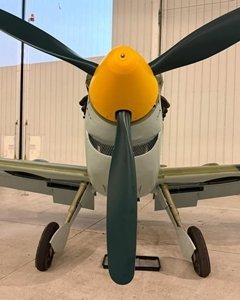


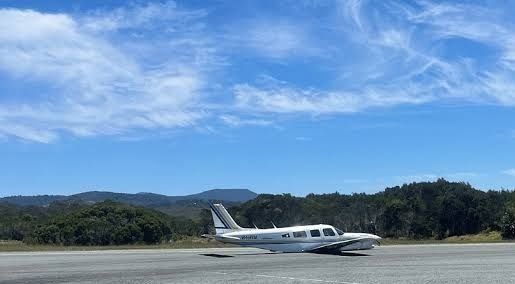



The impending 3G network shutdown
in AUS/NZ General Discussion
Posted
Red states most likely. They are about 59 years behind the times.